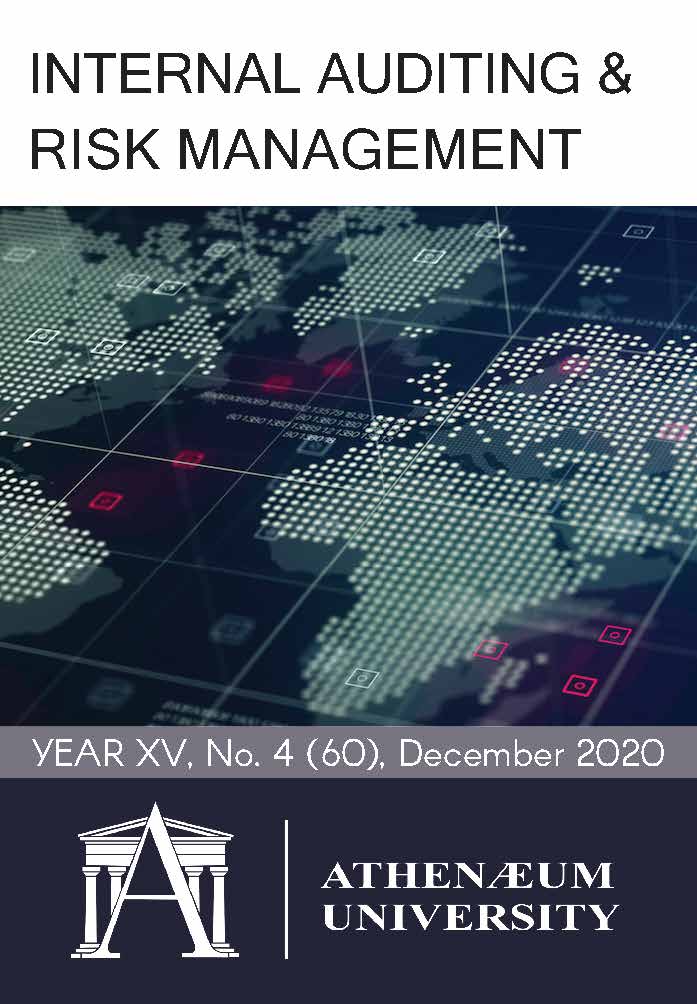DEMOGRAPHIC CHARACTERISTICS OF INTERNATIONAL MIGRANTS
DEMOGRAPHIC CHARACTERISTICS OF INTERNATIONAL MIGRANTS
Author(s): Brînduşa-Mihaela RaduSubject(s): Labor relations, Asylum, Refugees, Migration as Policy-fields
Published by: Scientia Moralitas Research Institute
Keywords: Labor force migration; demographic structure of migrations;
Summary/Abstract: In the coming decades, international migration remains a real process and may vary, taking into account political and economic changes, innovative technological and social changes, growing demographic imbalances, the effects of climate change and globalization trends. In order to increase the positive effects and minimize the negative effects in the field of labor migration, the following aspects can be identified: stimulating return migration and circular labor migration; creating favorable conditions for the business of returned migrants and the development of SMEs in the regions; adapting national educational policies to the needs of the labor market; more active and effective involvement of the diaspora in development policies (Anghelache et al., 2016). Romania has been and is a country of origin or transit in migration flows. Its entry into the group of EU member states coupled with the increase in revenue will certainly lead to a change in this situation. Taking as an example country like Spain or Italy and more recently Poland, Hungary or Slovakia after joining the EU in 2004, Romania will become both a source and destination country so that the number of emigrants will be exceeded by the number of immigrants (United Nations, 2015a). That is why I consider it appropriate to analyze the demographic structure of emigration and immigration of the population.
Journal: Internal Auditing & Risk Management
- Issue Year: 60/2020
- Issue No: 4
- Page Range: 59-69
- Page Count: 10
- Language: English

